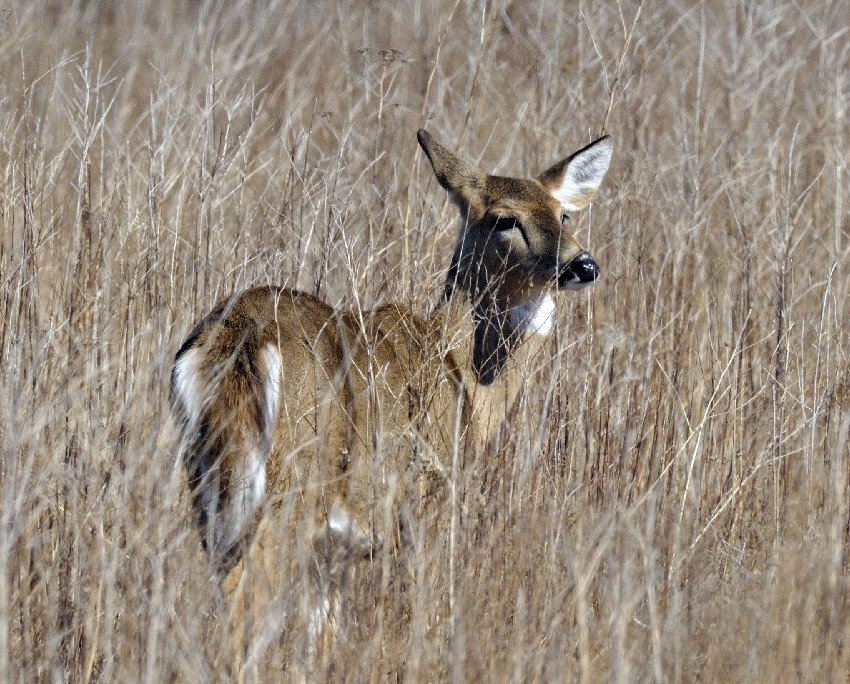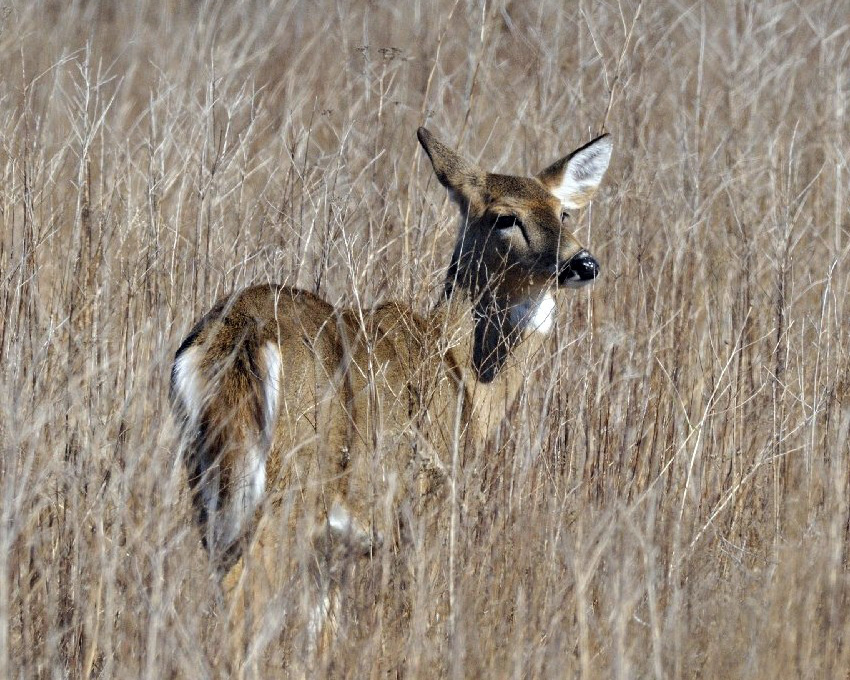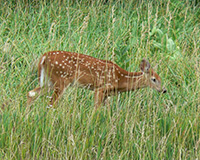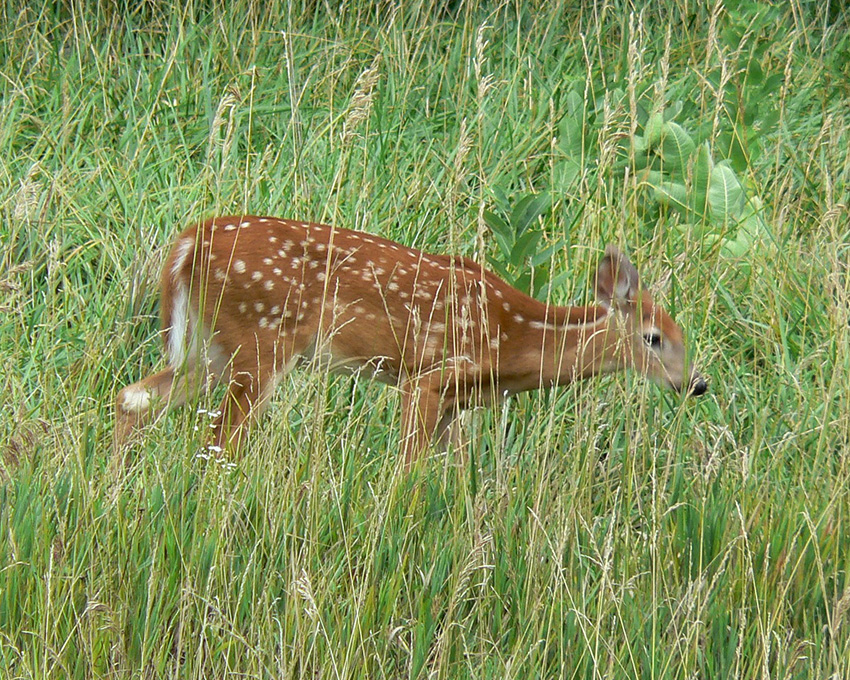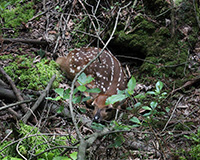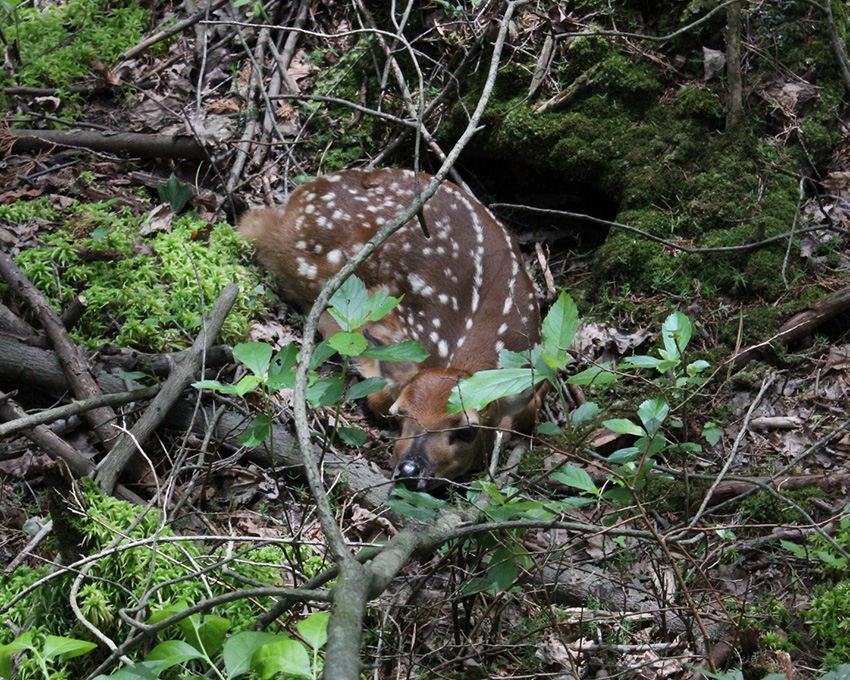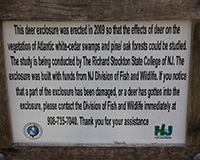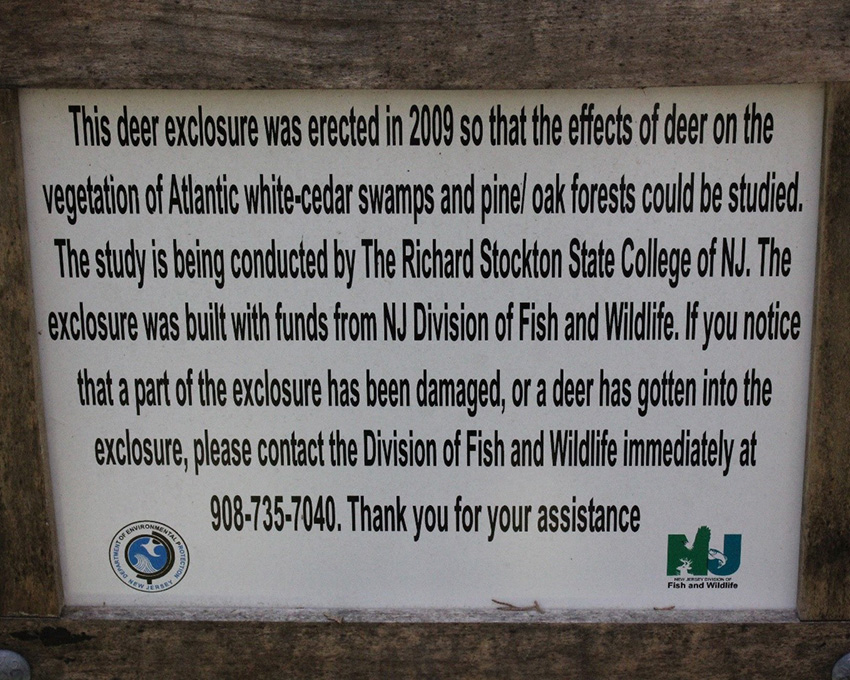Northeast Campus Forests: Interpretive Trail
Northeast Campus Forests (south area)
This interpretive trail begins in the southern part of the northeast campus forest of Stockton University’s main Galloway campus. In the near future, the northern part will receive similar treatments that you will see here
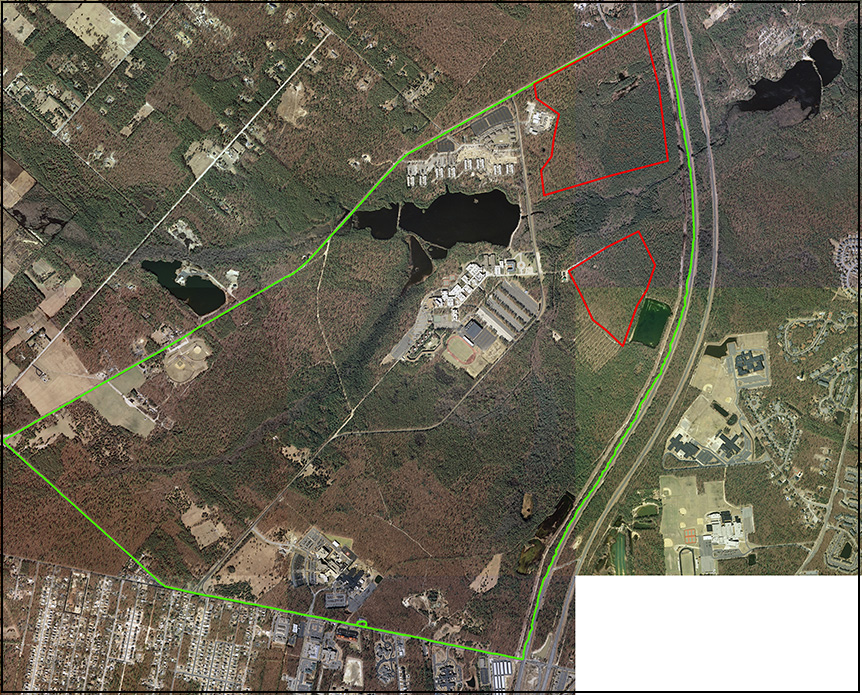
Trail Layout
There are four stops on this relatively small interpretative trail (under 0.2 miles one way).The stops will explain the methods used here to enhance overall biodiversity, protect the forest from Southern Pine Beetle (SPB) and catastrophic fire, while increasing overall forest resiliency as the forest responds to these various treatments we have done as outlined in the Stockton Forest Management Plan (SFMP).
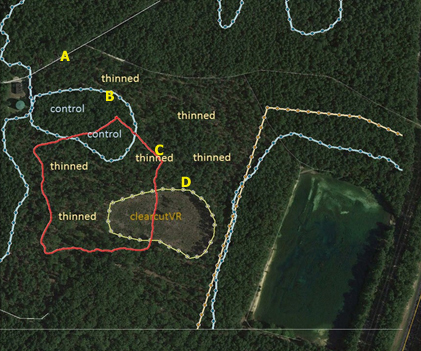
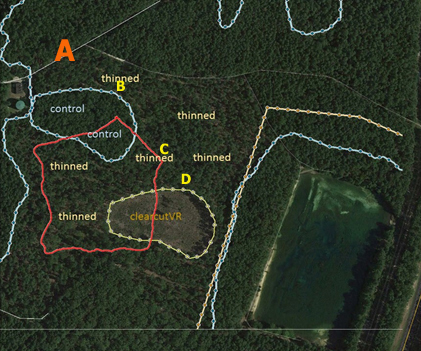
Click here to view the NE campus forest Introduction video
Most of this south area has been mechanically thinned by a mechanized harvester in the summer of 2015, that reduces impact to the soils since the harvester has wide treads and the ability to reach 30 feet on either of its sides. The harvester grabs a trees, cuts it at the base, then trims the limbs off of the bole, and cuts the main bole into smaller logs collected later. The trimmed branches (called “slash”) are grabbed by the harvester and placed in front of its treads to produce a 'road' the harvester uses to travel further into the forest. The ‘slash’ road the harvester uses further reduces compaction on forest soils and leaves the rest of the forest floor with minimal logging slash.
NE CAMPUS FOREST (South part) INTERPRETATIVE TRAIL STOP B
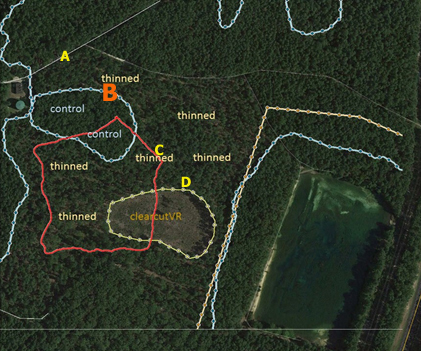
You are now on the edge inside the control area (about 2.7 acres) where no trees were cut. As you face the post and look out you can see the thinned area; and behind you across the path is the uncut (control) area. A low thinned forest emulates a forest that has fewer trees due- in this case- to trees dying naturally by frequent fires over its history. Because of fire suppression for over century by humans, many forests are now too dense and have dangerously high amounts of fuel and thus in peril of succumbing to catastrophic fire. Also with the dense forest crowns closed- like a cork on a bottle-this allows a dangerous insect pest: the Southern pine beetle’s (SPB) aggregating pheromone to build up so high that too many beetles can be lured in and potentially kill the stand. Though we have had only few very small SPB incidents on campus, there is a lot of SPB-devastated private land right across the Parkway to the east of this site; so protecting the NE forest from SPB by thinning and also receiving benefits of fire safety (by reducing fuels) has been prescribed in the SFMP for these NE campus forests.
Show aerial picture thinned crowns
The thinnings done here are called “low” thinnings because we have taken only the smaller trees and left all large (‘best’) and rarer species like shortleaf pines.
We use controls in science to gauge what happens when we don’t do anything- so in the future we can properly measure and contrast the changes that have occurred.
NE CAMPUS FOREST (South part) INTERPRETATIVE TRAIL STOP C
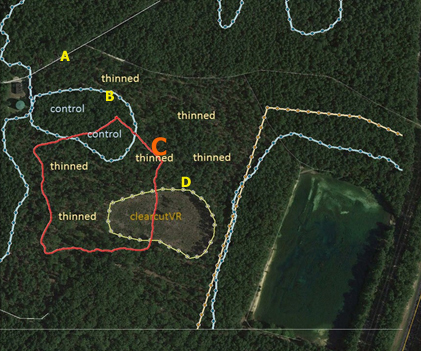
You will see an area to the left of the post as you face it that is plowed. This is the firebreak (red lined area in the aerial shot above). In 2016 we burned inside of that red outlined area. We surveyed this prescribed burn area to include a part of all three treatments we have done in the southern part of the NE forests: control (blue line), thinned, and clearcut with variable retention (VR). Below is a brief video of part of that burn. Note you may see in the thinned and clearcut areas more ‘pronounced’ fire in those slash piles created by the harvester. We had thermocouple sensors with dataloggers under some of those slash piles and we found hotter temperatures under the slash load (2000 degrees) and heat for longer times than where there were ‘normal’ slash fuels.
NE CAMPUS FOREST (South part) INTERPRETATIVE TRAIL STOP D
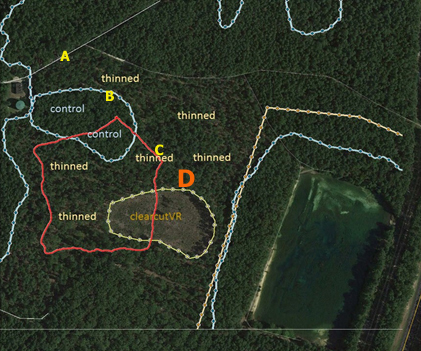
In front of you is 2.7-acre patch clearcut with variable retention (VR) that was created to bring back early successional habitat vital to some species missing from campus. A number of species like cottontail rabbits, ruffed grouse, and bobwhite quail are vanishing at an alarming rate across the eastern seaboard because as ecosystems age the plant species and ecosystem structures change, bringing new conditions that are better suited for other species. You can see we left three of the best and largest trees (variable retention or VR ) which will help seed in the area quicker and have ‘biological legacies’ in their roots (bacteria, fungi, etc.) that help this area recover and grow more quickly than if we took all the trees out. We also—by leaving these VR trees—will create a more complex (two aged) forest structure which will further enhance diversity).
We also have in this patch clearcut a mini deer exclosure to prevent deer browsing a part of this land,and thus help us measure deer effects on vegetation. We have one deer exclosure in each treatment: control, thinned and here in the patch clearcut. Did you find all three deer exclosures? Since there is no hunting on our campus deer populations are high and deer can have a profound effect of forests so these exclosures will help to show what the forest might be like if no deer are allowed to browse…
